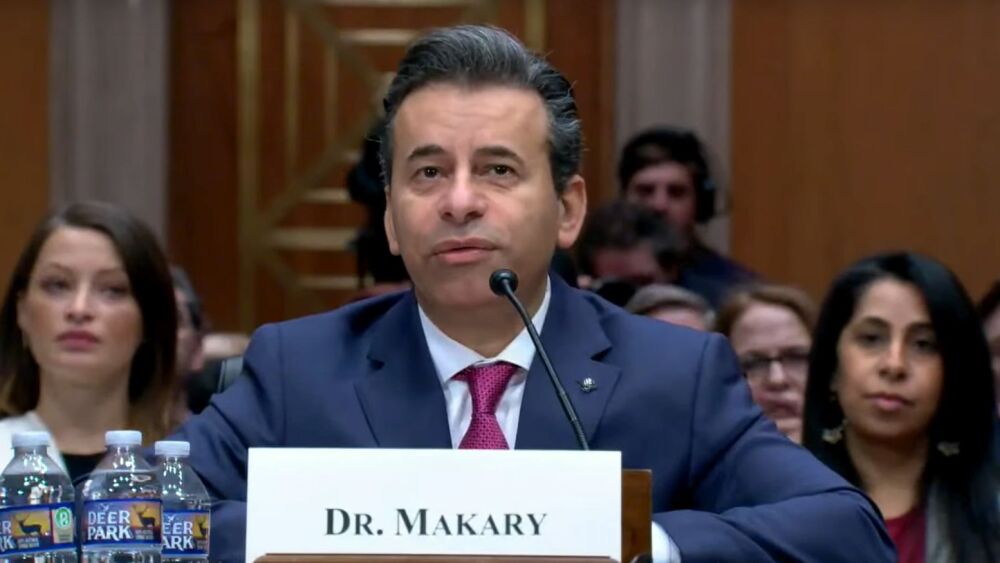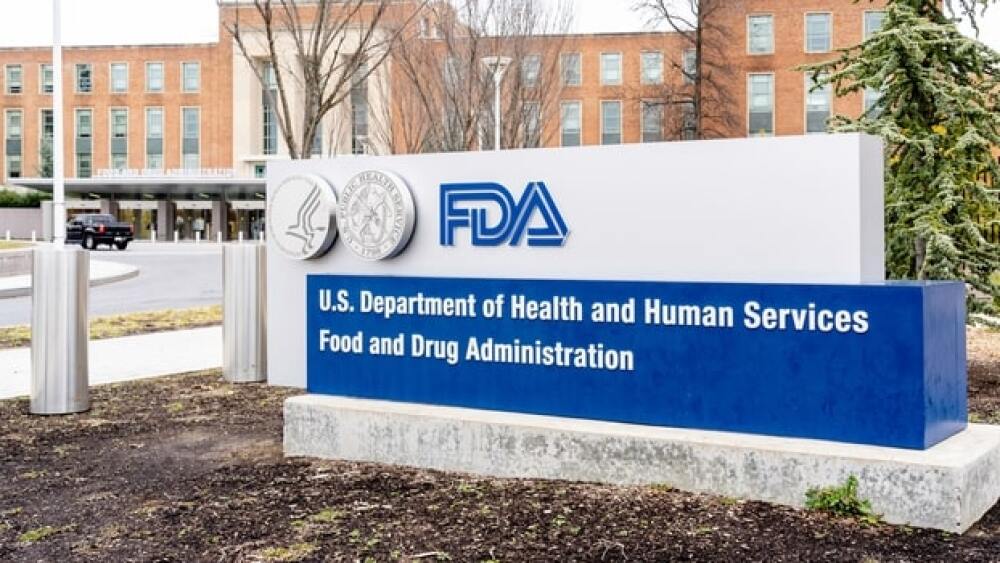The European Medicines Agency recently flagged a safety signal related to GLP-1 receptor agonists and sent a list of questions to manufacturers including Novo Nordisk, Eli Lilly, Sanofi and AstraZeneca.
Pictured: Physician with notepad/iStock, Everyday better to do everything you love
The European Medicines Agency recently flagged a safety signal regarding the potential for glucagon-like peptide-1 receptor agonists to cause thyroid cancer. The documentation—the first step taken by the regulator toward investigation of potential adverse events in approved products—comes as demand for the popular diabetes and weight loss drugs reaches a fever pitch.
The safety signal reported by the EMA’s Pharmacovigilance Risk Assessment Committee (PRAC) in April covers a range of glucagon-like peptide-1 receptor (GLP-1) agonists, including semaglutide, the key ingredient in Novo Nordisk’s Wegovy, Ozempic and Rybelsus. Supplemental information was also requested from Eli Lilly, Sanofi and AstraZeneca, all of which manufacture drugs in this class.
GLP-1 is a hormone that stimulates insulin secretion after eating, enabling a feeling of fullness and regulating blood sugar. GLP-1 agonists mimic the effects of this hormone, making them an effective treatment for diabetes and obesity.
An EMA spokesperson told BioSpace in an email that the discussion that led to the safety signal for the GLP-1 class followed the publication of a November 2022 study by Julien Bezin and colleagues suggesting there might be an increased risk of thyroid cancers with the use of these medicines in patients with Type 2 diabetes (T2D). In the paper, published in Diabetes Care, the authors claimed to have found that the use of the drugs for 1–to–3 years was associated with an increased risk of all thyroid cancer and medullary thyroid cancer, though the study is not without criticism.
The PRAC agreed on a list of questions to be addressed to the makers of these drugs while the committee reviews the available evidence, the spokesperson said.
A causal association between semaglutide and thyroid cancer has not been demonstrated in large-scale clinical trials and post-marketing surveillance, Lars Otto Andersen-Lange, media relations director at Novo Nordisk, told Reuters on June 22.
Michael Glickman, an obesity medicine specialist at Revolution Medicine, Health & Fitness, added that it is “extremely reassuring” that GLP-1 medications have been on the market for almost 20 years, with Eli Lilly and Amylin Pharmaceuticals’ Byetta (exenatide) approved by the FDA for T2D in 2005. Several others have since followed, not just for T2D but for obesity and overweight as well.
“For a modern medicine to be on the market for that long and to not have shown any obvious long-term problems is very good,” he told BioSpace. “In general, when medications are proven to have cancer links, they’re discovered relatively quickly.”
The History of GLP-1 Drugs
The possibility of a connection between GLP-1 drugs and thyroid cancer has been around for years. A rodent study published in 2010 showed that long-term exposure to liraglutide, a GLP-1 analog approved to treat T2D, activated the GLP-1 receptors on neuroendocrine cells in the thyroid known as C cells, leading to hyperplasia and tumors. However, the same study found that both humans and monkeys had low GLP-1 receptor expression in thyroid C cells, raising questions about whether the results would translate to primates.
“A rodent’s thyroid gland is physiologically different than a human’s thyroid gland,” Glickman said. “A rodent thyroid gland has the GLP-1 receptor at a much higher rate than a human thyroid gland does, so when you expose a rodent to that medicine, more of the medicine goes to the thyroid preferentially.”
Nevertheless, a connection between GLP-1 drugs and thyroid cancer in humans has now been documented. A clinical trial evaluating liraglutide identified increased rates of thyroid cancer, for example, though the risk was not statistically significant. There were also an increased number of thyroid cancer cases reported in a meta-analysis of 12 other clinical trials with liraglutide.
Both studies were cited by the new study from Bezin and colleagues, which looked at more than 3.5 million patients with Type 2 diabetes in France’s national healthcare insurance system database. Comparing those patients who developed thyroid cancer with matched controls who did not, the researchers found that using a GLP-1 receptor agonist increased risk for thyroid cancer, particularly if they’d been taking the GLP-1 drug for at least a year.
The study, however, spawned several rebuttals. One December 2022 commentary, written by Til Stürmer and Caroline Thompson from the University of North Carolina at Chapel Hill Gillings School of Global Public Health, noted the risks of a case-control study design.
This design “provides relative measures of effect only,” Stürmer and Thompson wrote, but it cannot provide insights into absolute risk, which is the critical component of a benefit-harm calculation that must be undertaken by patients and their doctors. Without this information, they explained, it’s impossible to accurately weigh the benefits these drugs provide, such as reduced risk of cardiovascular disease, against the potential uptick in thyroid cancer risk.
Stürmer and Thompson additionally stated that despite a recent rise in thyroid cancers, the mortality rate has remained low and stable, which they attribute to overscreening and overdiagnosis in developed countries. Indeed, the incidence of medullary thyroid cancer is just 0.2 cases per 100,000 patient years.
Glickman concurred, saying that “the potential absolute risk of thyroid cancer is exceptionally small, and the benefits of the medication quite significant, so these should both be taken into consideration when having a shared decision-making conversation with a patient.”
He continued, “The question is, in those years while we’re waiting to get that theoretical information, how many heart attacks we prevented? How many strokes have we prevented? How many patients with diabetes have we reversed? How many extra years of longevity have we given that patient because of this life-changing medication?”
Heather McKenzie is a senior editor at BioSpace, focusing on neuroscience, oncology and gene therapy. You can reach her at heather.mckenzie@biospace.com. Follow her on LinkedIn and Twitter @chicat08.







